With or without penetration, hollow & hollow core inner hole process with different grades.
An exclusive service that assists the dentist, to plan a precise implantation procedure easily, using the latest technology. A surgical guide is printed digitally from the 3D plan, to bring the planning to the mouth. The guide can be a tooth, soft tissue or bone supported, and can be for any case, from 1 implant to a full jaw.


We can customize high-precision-combination molding fixture, brazing fixture, wear-resistant accessories, high-precision parts by (3DX technology) molding superhard and superfine grinding, with ceramic, tungsten steel, stainless steel, titanium alloy, titanium diamond series, according to customers' drawings or samples.
Improved longevity - Revolutionary corrosion resistant coating helps protect drill sharpness and can increase efficacy over time. Enhanced visibility - Grooved and laser-etched depth bands facilitate visual measurement along with a matte finish that aids in reducing glare for an optimal surgical experience. We can etch the depth band, specifications, and item code on drills and do different color ring and coating just according to your any specific requirement. Some drills can be external or internal irrigation. LZQ can make drills of various shapes, like conical, step, sharp, etc. We can sure customize any shape and size, just according to your requirement.
Biomechanical considerations
The long-term success of implants is determined, in part, by the forces they have to support. As implants have no periodontal ligament, there is no sensation of pressure when biting so the forces created are higher. To offset this, the area of implants must distribute forces evenly throughout the prosthetics they support. Concentrated forces can end result in fracture of the bridgework, implant components, or loss of bone adjacent to the implant. The ultimate region of implants is primarily based on both biologic (bone type, critical structures, health) and mechanical factors. Implants positioned in thicker, greater bone like that discovered in the front section of the bottom jaw have lower failure rates than implants positioned in lower density bone, such as the lower back part of the upper jaw. People who grind their tooth also amplify the pressure on implants and increase the probability of failures.

 +86-021-50327060
+86-021-50327060
 zq@lzqtech.com
zq@lzqtech.com
 Medical Instrument
We can achieve perfect edge quality and dimensional tolerance up to±0.0005mm (±0.5μm) in the process of micro, ultra-long, ultra-thin, super-abrasive, impact-resistant, high-precision and combined ... VIEW MORE
Medical Instrument
We can achieve perfect edge quality and dimensional tolerance up to±0.0005mm (±0.5μm) in the process of micro, ultra-long, ultra-thin, super-abrasive, impact-resistant, high-precision and combined ... VIEW MORE Implant
Corresponding and matching drills and tools of different types, forms, shapes, structures can be high precisely ground to mold according to different brands and different types of implants forms, shap... VIEW MORE
Implant
Corresponding and matching drills and tools of different types, forms, shapes, structures can be high precisely ground to mold according to different brands and different types of implants forms, shap... VIEW MORE Cutting Tools
Super-hardness machining for special, non-standard new ite ms with different size and tolerance. VIEW MORE
Cutting Tools
Super-hardness machining for special, non-standard new ite ms with different size and tolerance. VIEW MORE Accessory Parts
we can customize for you according to your samples or drawings for any manufacturing of ceramic,carbide,stainless high-speed steel, stainless steel, titanium alloy, titanium diamond, etc series, hig... VIEW MORE
Accessory Parts
we can customize for you according to your samples or drawings for any manufacturing of ceramic,carbide,stainless high-speed steel, stainless steel, titanium alloy, titanium diamond, etc series, hig... VIEW MORE

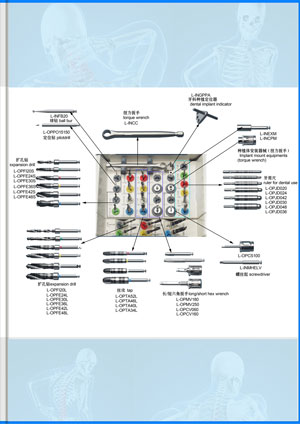





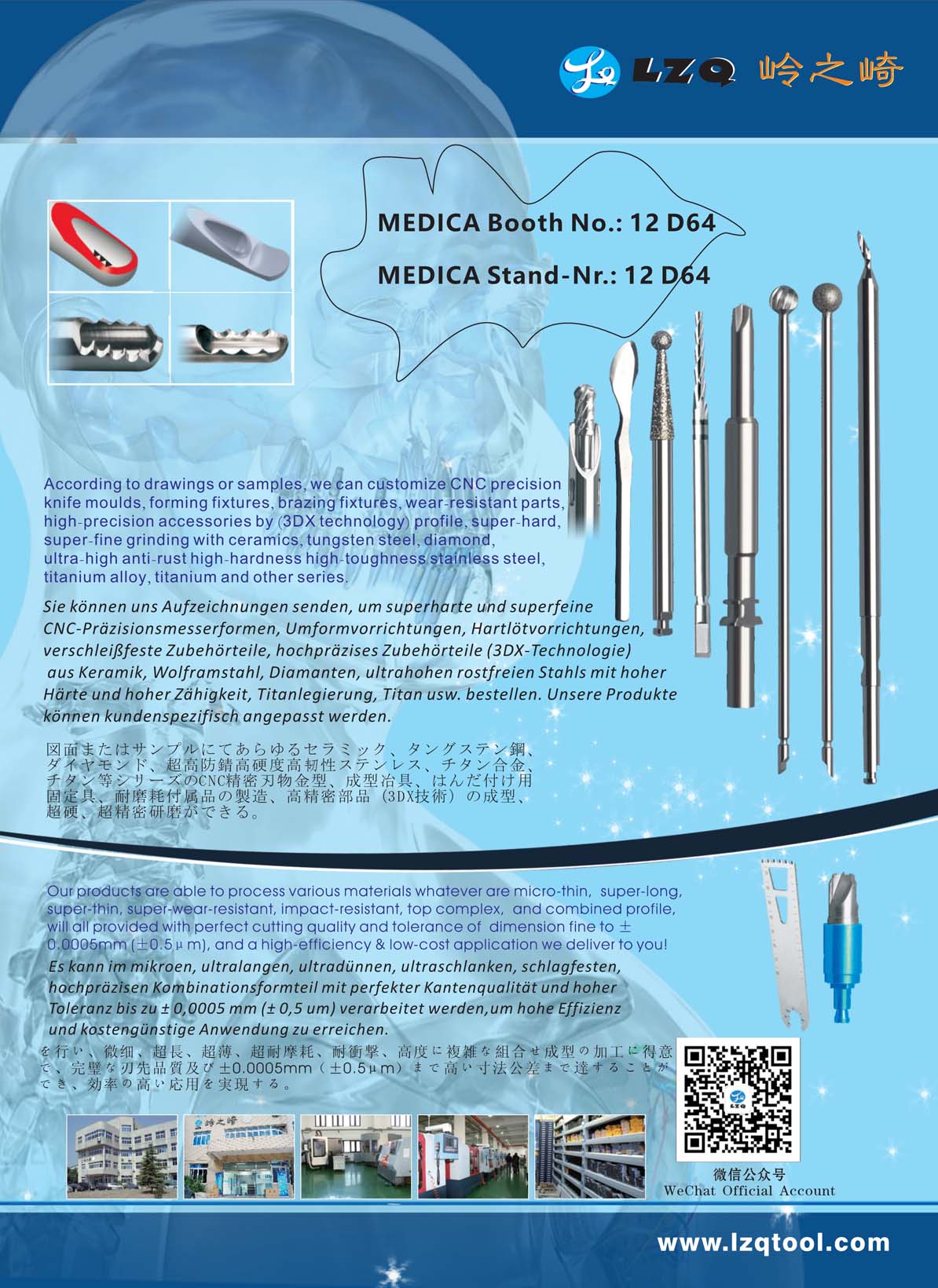
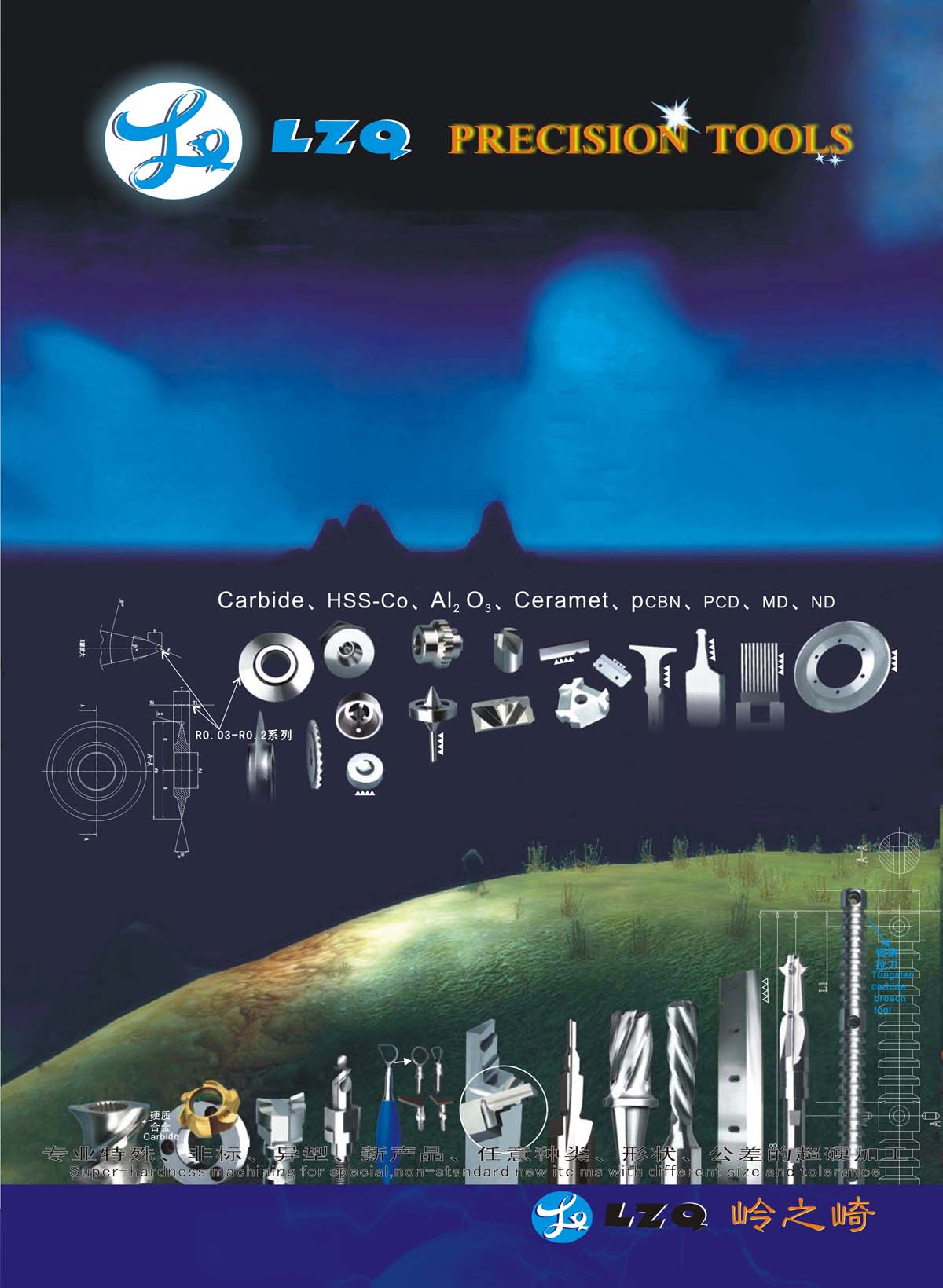
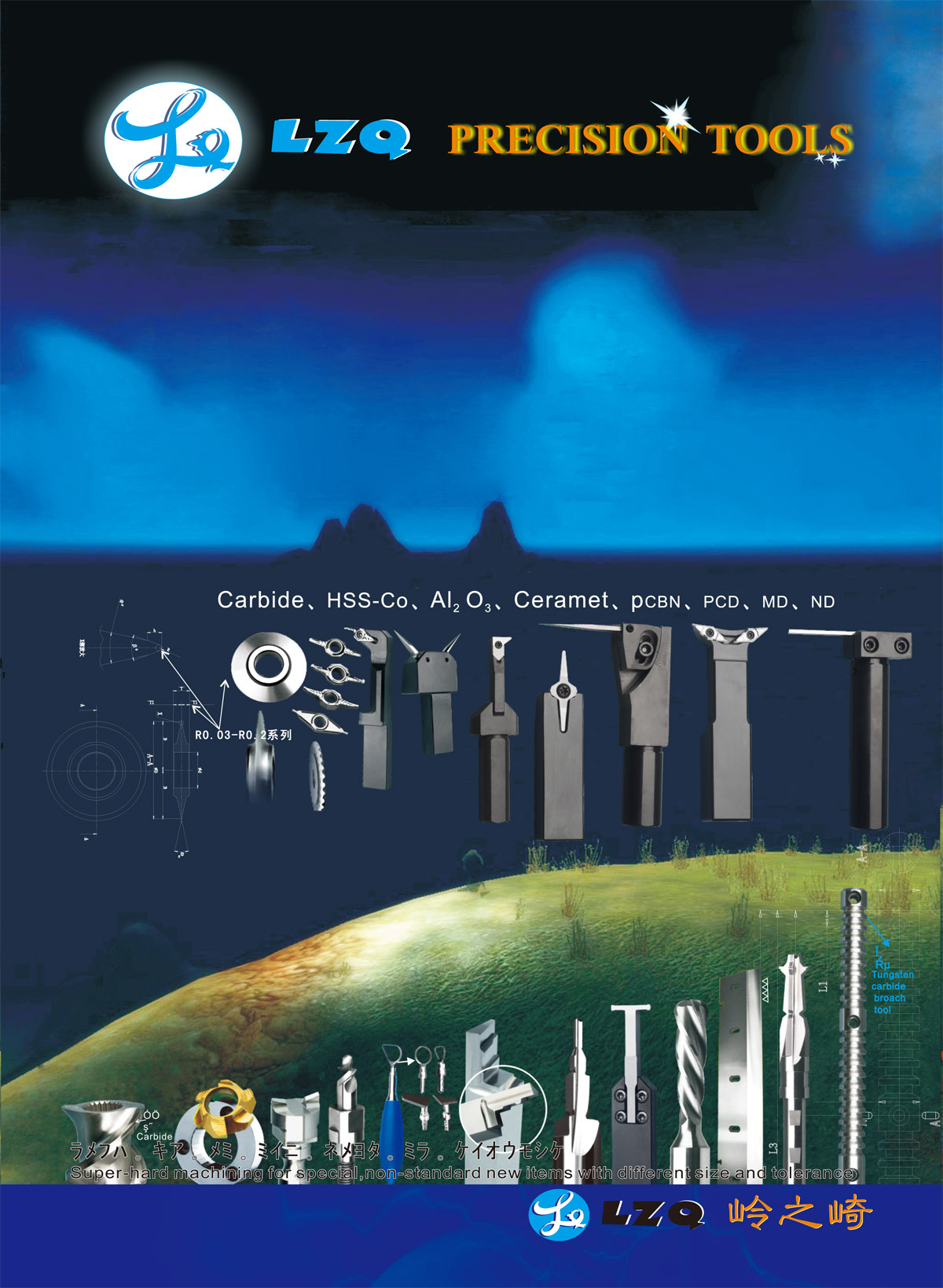









































































































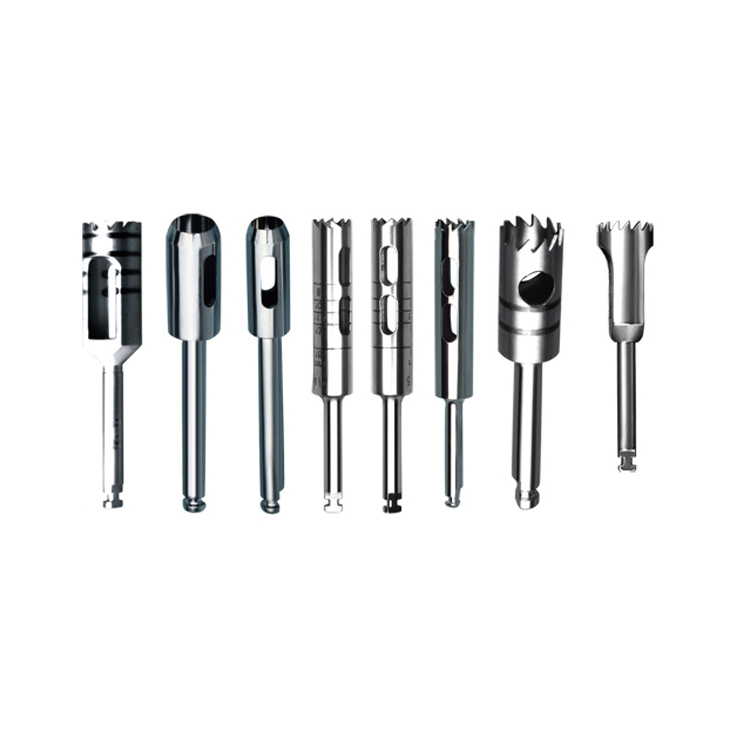














.webp)





























































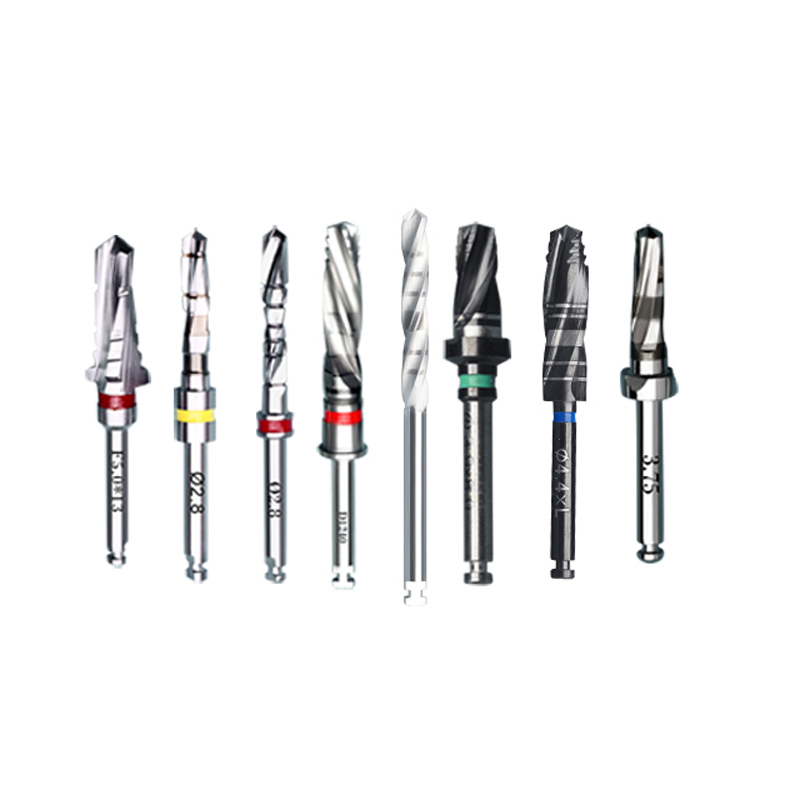















































































































































































































































































 +86-021-50327060
+86-021-50327060 
 NO.1269 Plant, Jinhu Road, Jinqiao Export Processing Zone, Pudong New District, Shanghai, China.
NO.1269 Plant, Jinhu Road, Jinqiao Export Processing Zone, Pudong New District, Shanghai, China. 
